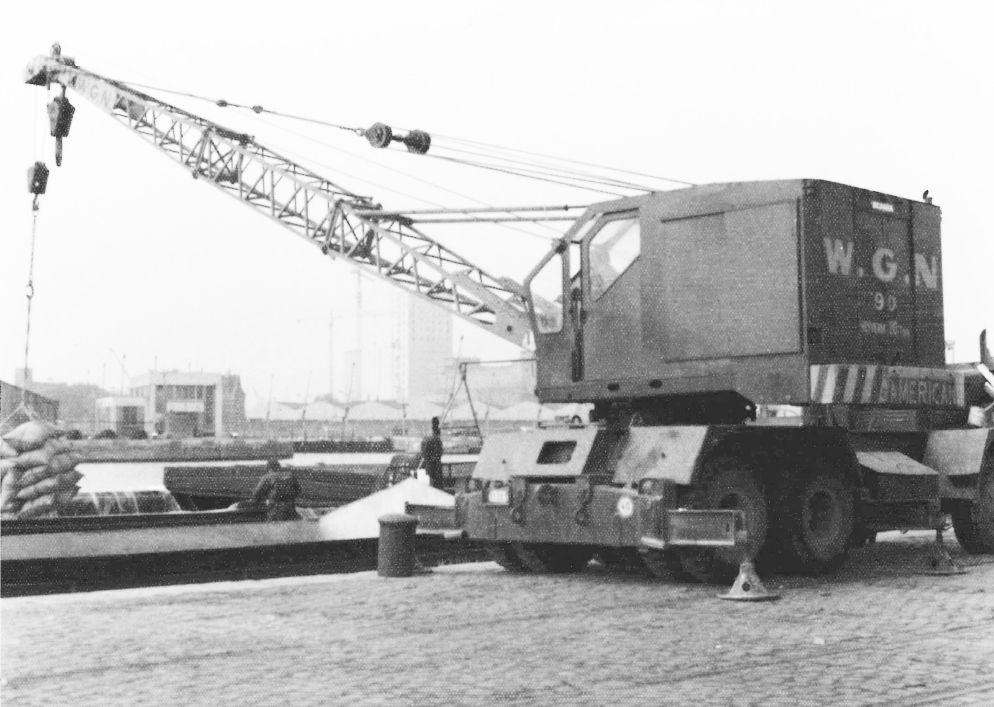On 22 January 1864, 31 nation officials appeared before notaries X.-A. Gheysens and C. Dhanis in order to draw up a deed officialising the old bye—laws of their freight handling guild. From the text of the deed it appears that Wijngaard Natie, as it was thenceforth called, had already been set up by partners in a notarial deed of 1743. The new deed also referred to regulations from 1810, 1813, 1815, 1818 and other years.
For more than a century the nation had been known under names such as Melkmannen, de Melknatie, de Natie van de Melkhoek, de natie van den hoek van de Melkmarkt and Arbeyders van de Melkmarkt, all referring to its location at the corner of the Melkmarkt (Milk Market). Only in middle of the 1850s did documents start referring to Natie Wyngaerdstraet, referring to the Wijngaard Street where it owned a premises at number 16 “since time immemorial.” The change of name might have been in reaction to the arrival of a new nation that appeared around 1847, namely the Nieuwe Melknatie, later Melknatie, located in the Wolstraat. Did the nation officials wish to demonstrate that their nation was the oldest? Or was the change of name in reaction to a breakaway by a group of officials?
The deed of 22 January 1864 offers more information. Article 17 authorised the nation to carry out expansion work, for this purpose taking out a loan of 8,000 francs and mortgaging its headquarters in the Wijngaard Street. However, it is not known whether use was made of this facility. On the other hand, there was plenty of work to be done in these times. The increase in shipping after the Scheldt toll was abolished in 1863, the gradual transition from sail to steam and the rise of strong competition – from among others the stevedores — forced the nations to modernise and expand. A few years later, in 1868, Wijngaard Natie set its sights on a
new location with “drive-in warehouse, stables, cartbuilding shop, smithy, saddler’s shop etc.” on the Oude Leeuwenrui, covering an area of 2,156 m2. The old headquarters in Wijngaardstraat was only 75 m² large, and for many years had been occupied by one of the nation officials with his family and a maid.
Handling a larger volume of freight also meant greater risk of disputes and lawsurts. The Commercial Court deeded in April 1864 that nations were not legal entities and so could not sue or be sued. This explains why Wijngaard Natie became a company on 7/8 November 1865, the second nation to do so. Its official name was thenceforth Wiingaard-Natie onder firma Weyns-Wildiers en Cie., with Messrs. Weyns and Wildiers being the dean and assistant dean respectively. Another advantage of becoming a company was that the nation was able to acquire real estate.
Although the roots of Wijngaard Natie go back to the middle of the 18th century, and its records show clearly that it was active during the French period, it has been known as Wijngaard Natie only since 1864, or more than 155 years ago. It has operated under this name continuously until the present day.




